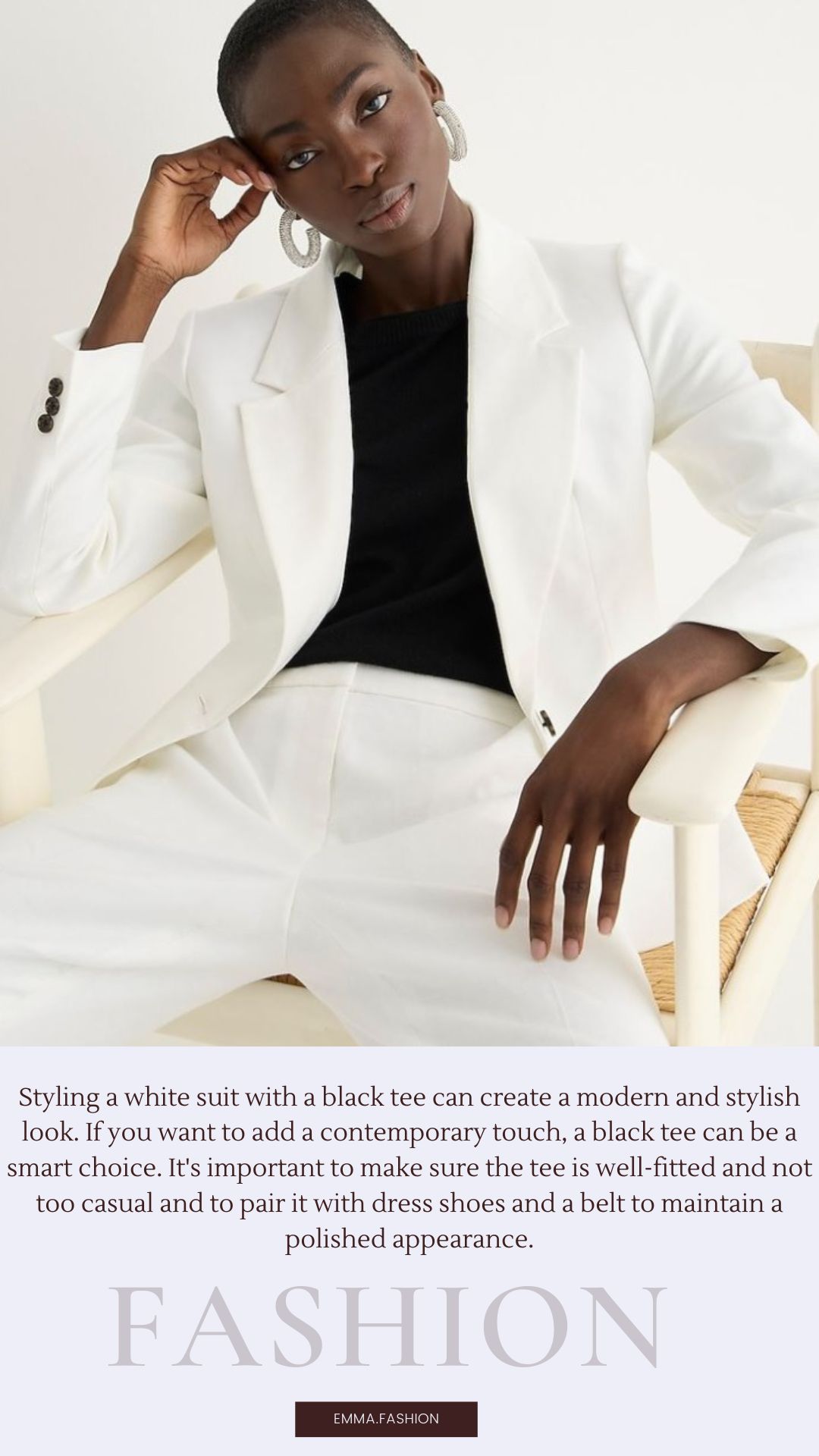How to convey a positive message with body language
Dr. Albert Mehrabian says that body language speaks the truth when the words lie. And when we cannot find consistency between verbal, vocal, and visual, then the facial expressions come to the rescue, helping us to interpret the emotions behind the gestures.
Reading people’s body language can lead us to many interpretations, and we can only make the correct assumptions if we connect the posture with nonverbal cues such as facial expressions.
Crossed arms posture is considered a negative body language that sends a message of insecurity, defensiveness, or anger. The truth is, crossing arms at the chest can have a variety of meanings, from comfort to concentration and confidence to anxiety or shyness. For example, we cross our arms when we feel tired or cold. It is a natural gesture that gives us comfort and self-assurance.
Crossed arms have a powerful impact and send a message to others around us. So, let’s see a few positive reasons why some people may cross their arms at the chest:
To come up with an answer
How many times have you found hugging yourself when you were thinking of how to find a solution to a problem? Leaning back on your chair with crossed arms, you take the time to contemplate and find the answer. It’s a posture that engages both your left and right brain that stimulates cognitive function and helps you focus better.
To build presence
Usually men use this power stance, or superman pose, crossing their arms to impose with their presence looking bigger and authoritative. But also, women have adopted this posture by placing both arms on the armrest with a genuine smile to help them make a powerful presence and project confidence.
To mask insecurities
We crossed our arms when we are in an uncomfortable situation, and we try to restrain our feelings as a sign of taking control of our emotions.
Most people take the arm shield posture when they have to do something that they don’t want or like. For example, staying in the doctor’s waiting room or facing a controversial conversation, chances are you may take this posture to comfort yourself and restrain your frustration. It doesn’t have the hostile gesture of blocking, contrary to show self-restraint.










Comments